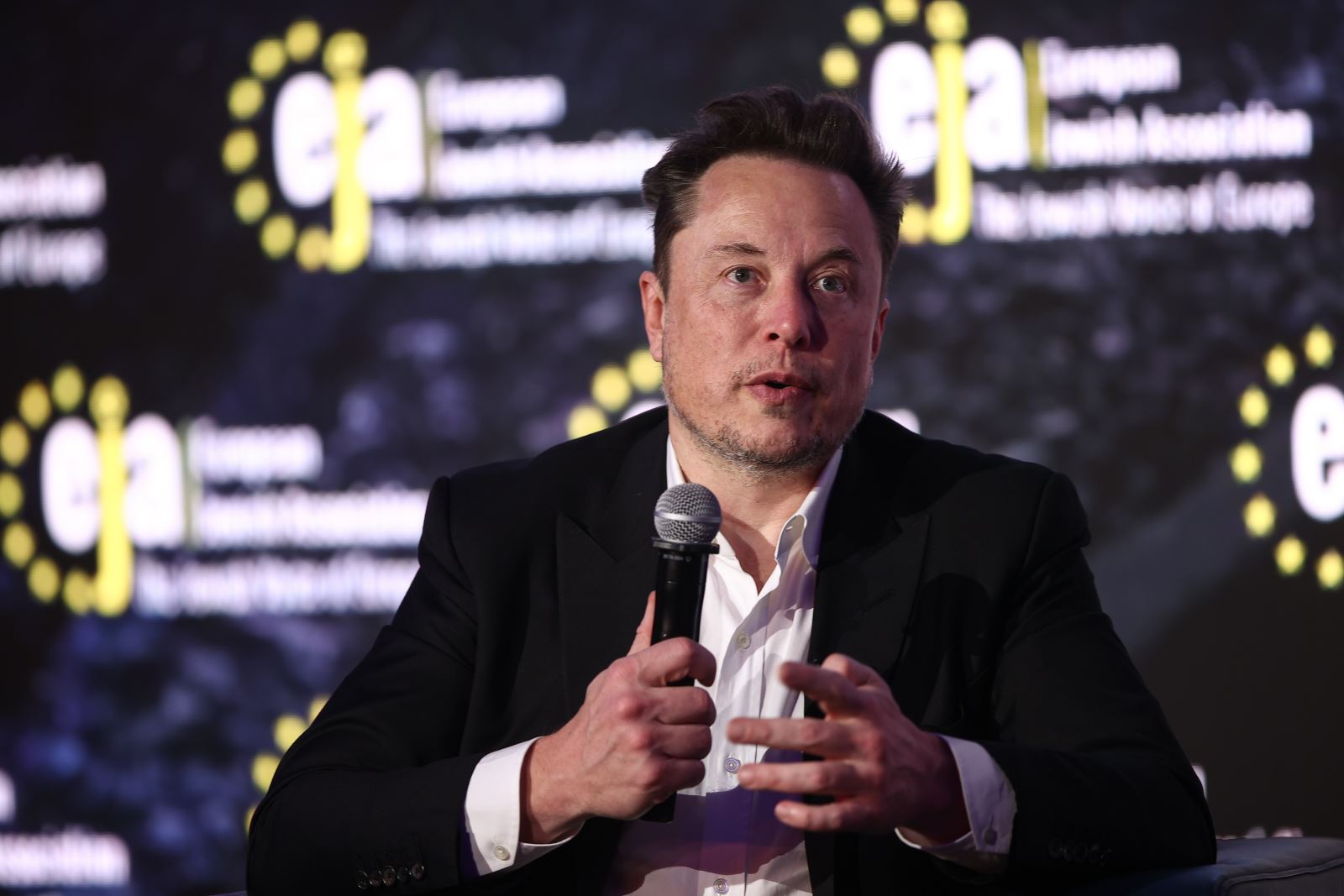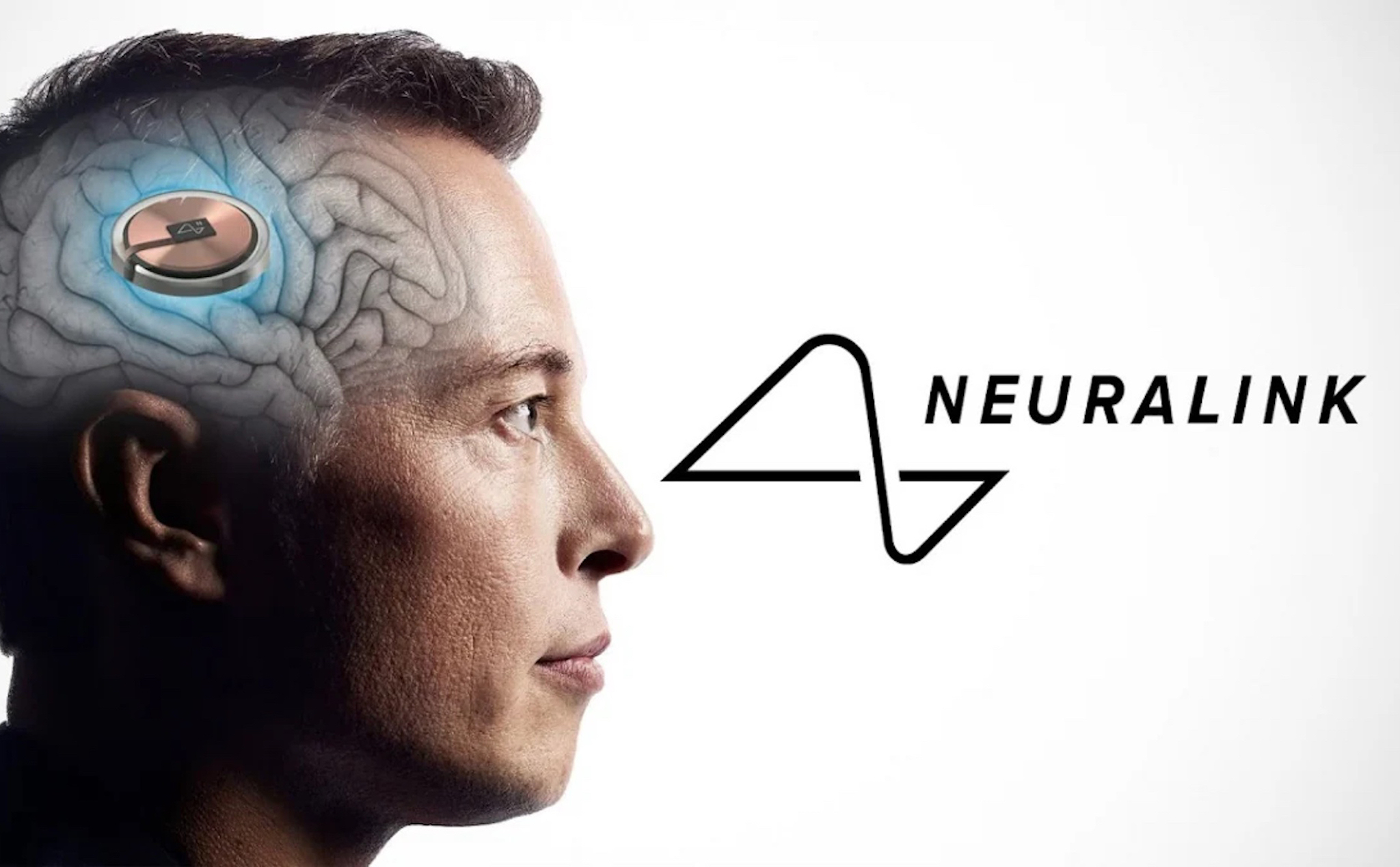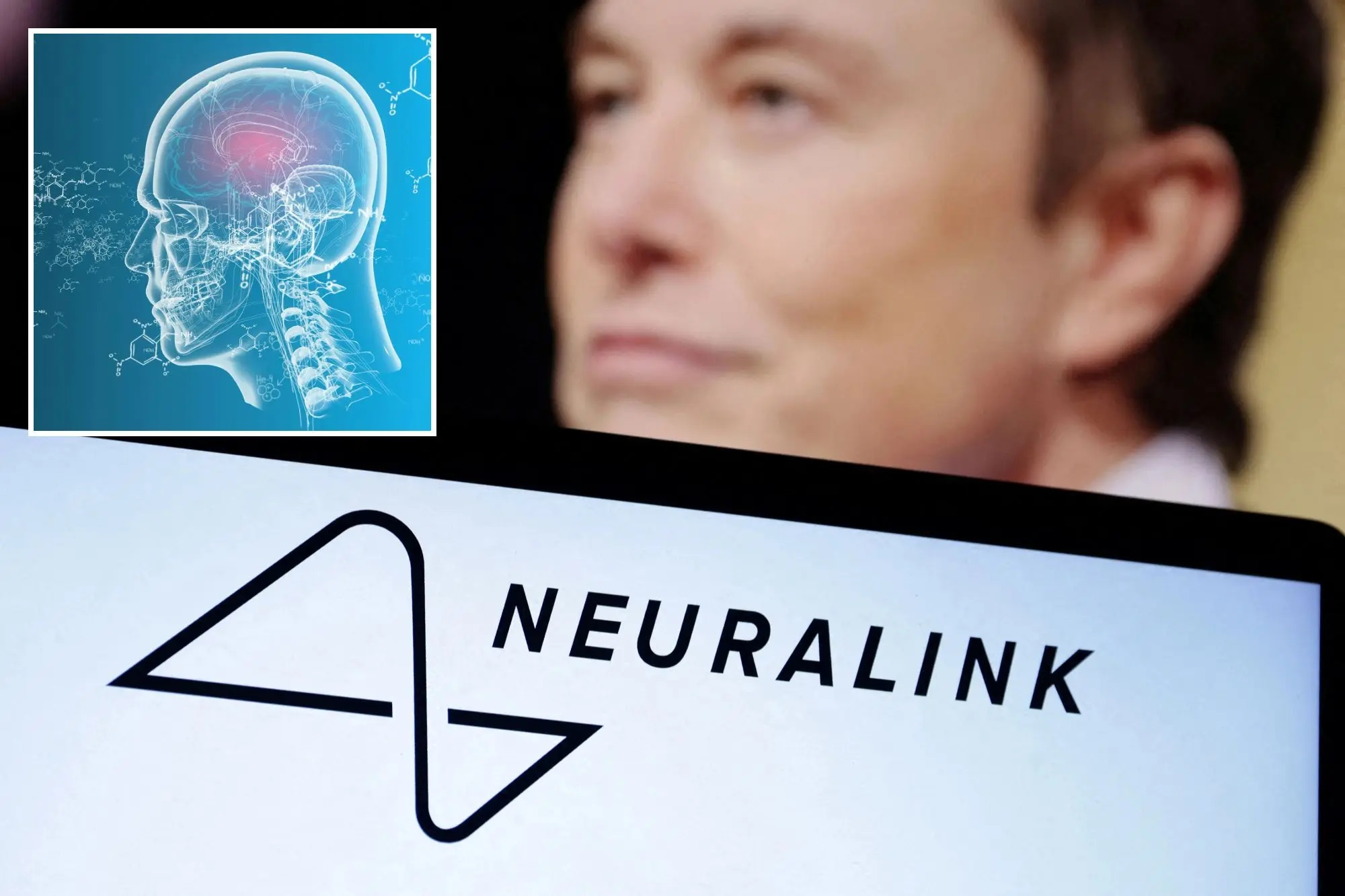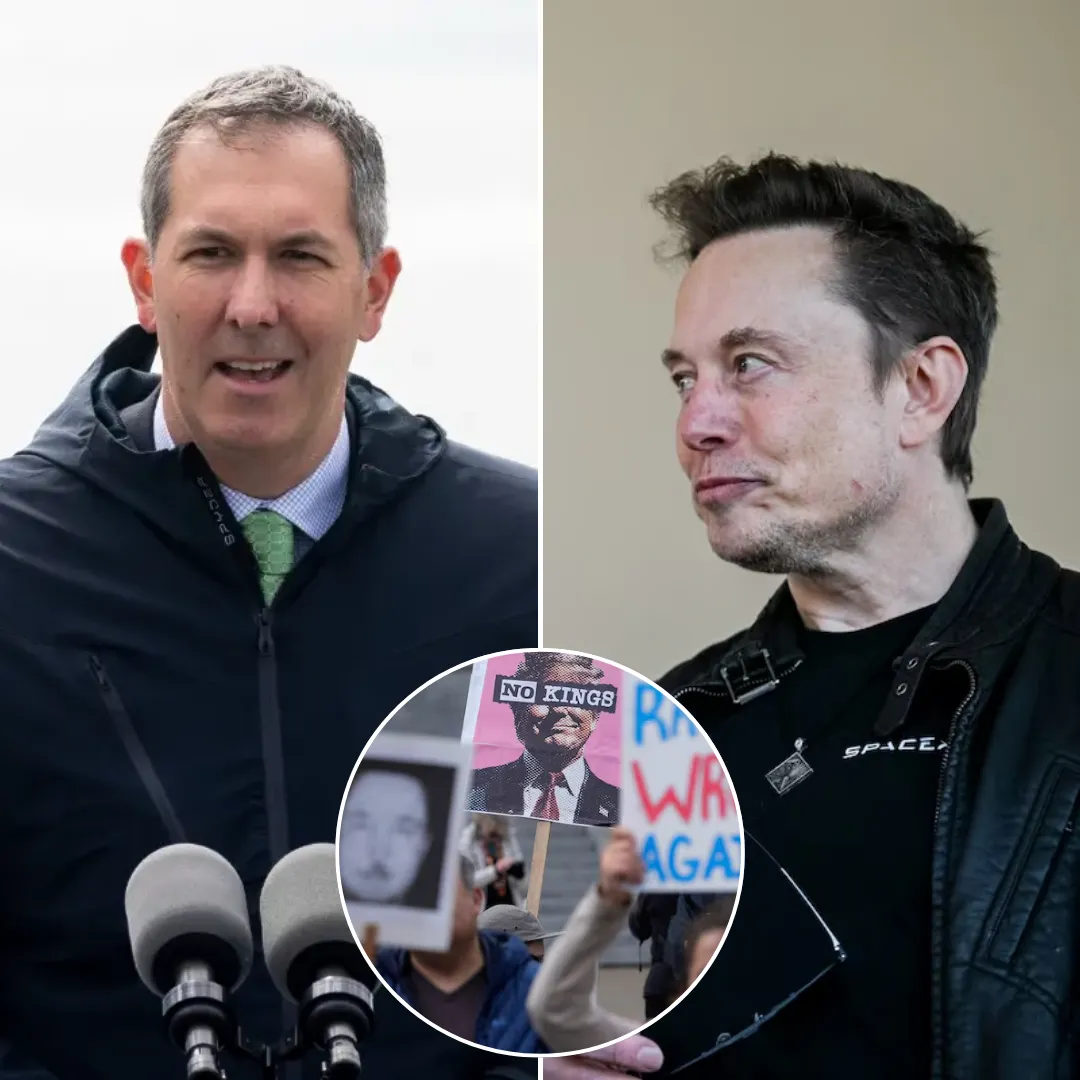
In a stunning breakthrough that may redefine the future of human communication and brain-machine integration, Neuralink, the brain-computer interface company founded by Elon Musk, has helped a man with advanced ALS reclaim his voice through a combination of brain implants and artificial intelligence.
Brad Smith, the third individual to receive a Neuralink brain implant, has managed to achieve the seemingly impossible: he now communicates using his own voice, despite suffering from a form of ALS so severe that he cannot move or speak. His journey stands as a beacon of hope for millions around the world battling neurological diseases that rob them of the ability to express themselves.
Brad Smith’s story is one of resilience, faith, and cutting-edge technology converging in a way that once belonged solely to the realm of science fiction. ALS, or amyotrophic lateral sclerosis, is a cruel and relentless disease that attacks motor neurons, leading to muscle weakness, paralysis, and ultimately the loss of all voluntary movement.
In Smith’s case, ALS has left him unable to move any part of his body except for slight movements around his mouth and eyes. Without the ability to speak or breathe independently, Smith relies on a ventilator for survival. However, despite these daunting physical limitations, his mind remains fully intact, a prisoner within a body that no longer responds to his will.

Neuralink's implant offered Smith a lifeline. Through a tiny device surgically embedded into his brain, Smith is now able to interface directly with his computer, bypassing the broken pathways of his body altogether. Using only the power of his thoughts, he controls a cursor on a MacBook Pro, selecting letters and words that the computer can interpret and vocalize.
But Neuralink’s innovation did not stop at simple text-based communication. In an extraordinary advancement, artificial intelligence was employed to recreate Smith’s natural voice based on old recordings made before ALS silenced him. This means that when Smith now speaks through his computer, it is not in a robotic, generic tone but in the warm, familiar voice that his friends and family once knew.
Smith’s remarkable communication was demonstrated in a moving video posted on X, the platform formerly known as Twitter. Speaking with humor and grace, Smith shared that although living with ALS is "truly terrible," he remains joyful and grateful, expressing that "God answered my prayer and life is good."
His words, delivered in his own voice for the first time in years, resonated far beyond the screen, touching hearts and underscoring the profound human significance of Neuralink’s work. The achievement was not merely technical; it was emotional, spiritual, and deeply transformative.
Neuralink first revealed in a January blog post that three individuals had been implanted with its Link device as part of the PRIME study, a clinical trial designed to test the safety and real-world usefulness of the technology in people with paralysis.

The study’s participants included Noland and Alex, both of whom suffered spinal cord injuries, and Brad Smith, whose ALS left him completely immobile. According to Neuralink, the goal was to demonstrate that the Link could enable thought-based control of external devices, offering a new degree of freedom to individuals who otherwise had none.
Smith’s condition presented unique challenges. Unlike spinal cord injury patients who might retain some degree of muscle function or sensation, Smith’s ALS progression had left him entirely dependent on machines for even the most basic bodily functions.
Yet this did not deter the Neuralink team. With meticulous precision and unwavering dedication, they worked to calibrate the device to Smith’s brain signals, decoding the faint neural patterns that corresponded to his intention to move a cursor or select a word.
Through weeks of training and adaptation, Smith learned to navigate his digital environment with increasing fluidity. Each small success was a victory not just against his disease, but against the very notion of human limitation.
With the addition of AI voice synthesis, Smith’s communication transcended mere text on a screen. It became a rich, expressive, and deeply personal form of interaction, restoring a critical piece of his humanity that ALS had threatened to steal forever.

In his video address, Smith offered insights into both the technological marvel he now depended on and the personal battle he had fought against ALS. He described the disease as “weird,” explaining that it selectively destroys motor neurons while sparing cognitive function.
His journey, he said, began innocently enough with a shoulder injury that refused to heal, eventually unraveling into full-blown ALS. As his body deteriorated, Smith retained full awareness of his condition, an experience he likened to being trapped inside a shell.
But now, thanks to Neuralink, that shell has been cracked open. Using only the slight movement of his eyes and the power of his mind, Smith engages with the world once more. He can communicate ideas, share jokes, express gratitude, and tell his story — not as a faceless patient defined by his disease, but as Brad Smith, a living, breathing human being with a voice of his own.
The implications of Smith’s success are staggering. If Neuralink’s brain-computer interfaces can restore communication to those who have lost it, the technology could be applied to countless conditions beyond ALS and spinal injuries.

Stroke survivors, individuals with locked-in syndrome, and patients with degenerative diseases like multiple sclerosis might one day reclaim their autonomy and connection to the world through similar implants.
Moreover, Smith’s case shines a light on the ethical, philosophical, and spiritual dimensions of merging human cognition with machines. By enabling thoughts to be translated into digital actions, Neuralink challenges the very definition of disability.
Where once the loss of speech or movement marked a permanent severance from society, technologies like Neuralink offer the possibility of reintegration, of voices and lives reclaimed from the abyss.
Critics of brain-computer interfaces have raised concerns about safety, privacy, and the potential misuse of mind-reading technologies. Neuralink, for its part, has emphasized its commitment to rigorous clinical testing, transparency, and user consent.
In the case of Smith, the overwhelming narrative is one of empowerment rather than intrusion. His choice to undergo the procedure, and his subsequent transformation, stands as a powerful testament to human agency enhanced by technological innovation.

As Smith continues to adapt and refine his use of the Neuralink implant, the world watches with awe and anticipation. His experience will likely inform future iterations of the technology, guiding improvements in speed, accuracy, and accessibility.
Neuralink has stated that its ultimate goal is to create seamless brain-machine integration, enabling users not only to control computers but eventually to interact with the digital world as naturally as they do with the physical one.
For now, the sight and sound of Brad Smith speaking again is enough. It is a triumph of science, yes, but also of spirit. It is a reminder that within every locked-in body there remains an unlocked soul, waiting for a way to connect.
Through Neuralink, Brad Smith has found his way back, and in doing so, he has illuminated a path for countless others to follow. The world that Brad Smith inhabits today is not the one he envisioned before ALS entered his life.
It is a world of profound dependency, of mechanical respiration, and of technological augmentation. Yet it is also a world where he can laugh, where he can share his story, and where he can once again be heard. That, in itself, is a kind of miracle.

As Neuralink continues its research and development, and as more individuals like Smith take the courageous step into the frontier of brain-machine interfaces, humanity inches closer to a future where disability is no longer defined by silence or immobility.
Instead, it may become defined by resilience, adaptation, and the incredible ability of the human mind to find new pathways where old ones have failed. Brad Smith’s voice, once silenced by a ruthless disease, now echoes with strength across the digital landscape.
His words, his laughter, and his message of hope serve as a powerful testament to the unyielding human spirit — a spirit that technology, at its best, can amplify rather than replace.
In the end, Smith’s story is not just about Neuralink or Elon Musk or artificial intelligence. It is about the universal human yearning to be seen, heard, and understood.

It is about the refusal to surrender to darkness when a glimmer of light still exists. And it is about the extraordinary ways in which science and compassion can converge to create not just new technologies, but new possibilities for life itself.
As Brad Smith would no doubt tell you, life is still beautiful. And now, thanks to Neuralink, he can say it in his own voice.
-1742657802-q80.webp)


